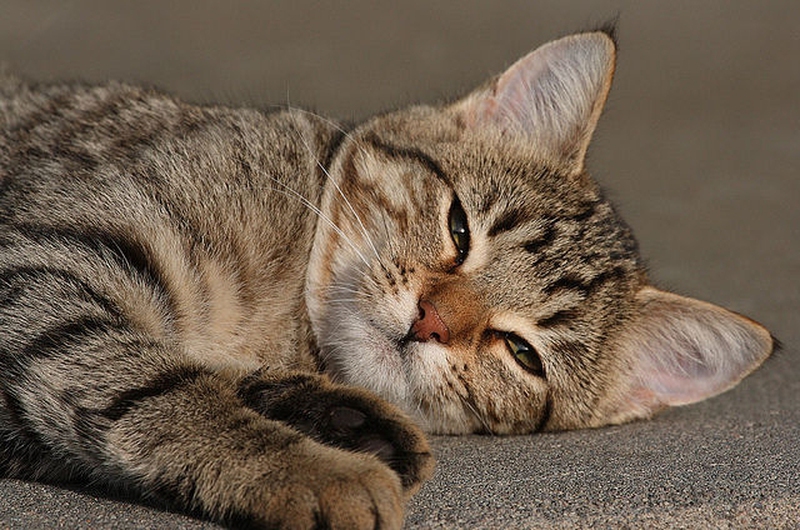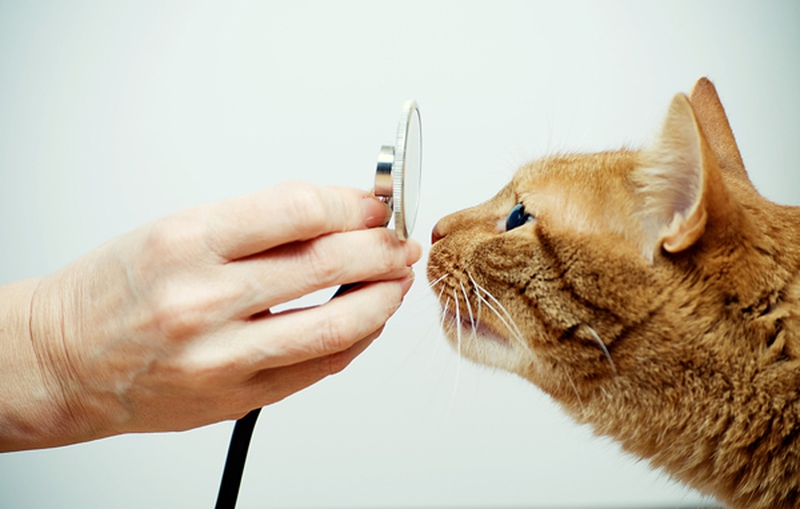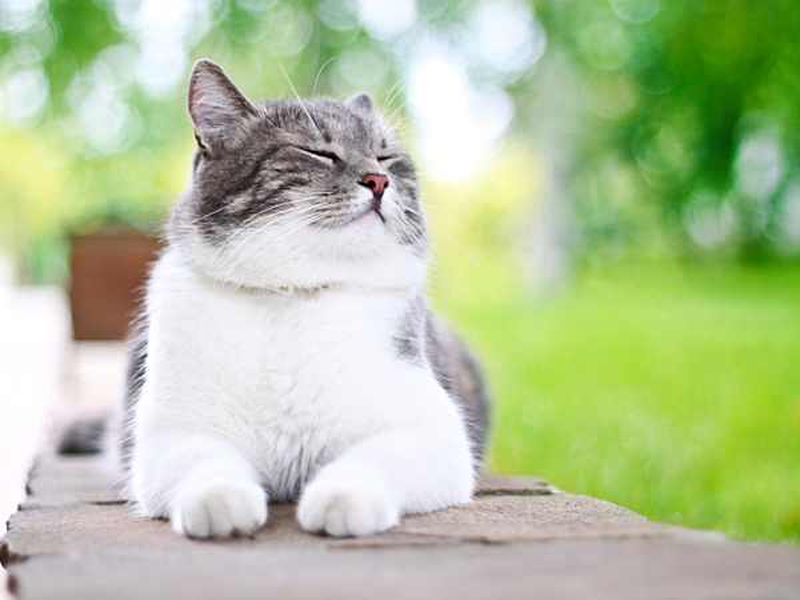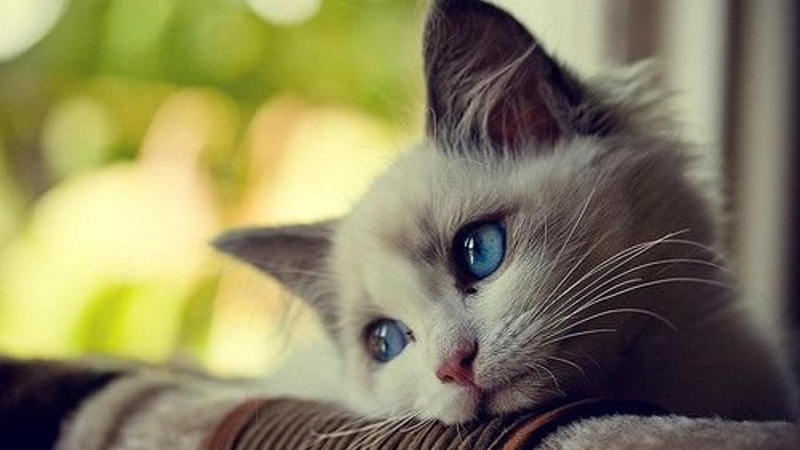Located in the abdomen and near the spine are two organs known as the kidneys. These bean-shaped organs are vital to the body’s excretory system. The kidney’s nephrons are small filtering components that clean the blood and remove waste. Excretions are disposed via urine. Kidney stones, otherwise known as nephroliths, are a relatively unusual condition for cats. However, kidney stones in cats do occur. There are several different kinds of kidney stones that can develop, like namely calcium oxate, which is the most common type, but they can also be made of bile pigment, urate, struvite, and calcium phosphate. These substances accumulate into tiny formations like rocks, and the condition can be quite uncomfortable, and even painful.

Look for Symptoms of Kidney Stones in Cats
Kidney stones in cats can go undetected if the nephroliths are relatively small. When a stone moves to the ureter from the kidney, it can cause an obstruction as it becomes lodged within the ureter. Difficulty urinating is one of the main symptoms of kidney stones, among the following:
Strained urination
Incessant genital licking
Crying while using the litter box
Frequent urination, accompanied by small urine amounts
Bloody urine
Pain in the abdomen
Vomiting
Depression
Distended kidneys as a result of fluid stoppage
Symptoms may also include chronic urinary tract infections, urinary tract obstruction (particularly in males), and urinating in unusual places.
Note: Since a blockage in the ureters can cause irreversible kidney damage and the toxin buildup in the bloodstream can cause uremia, kidney stones are considered a medical emergency. If your cat is exhibiting any of the symptoms listed here, seek veterinary attention immediately.
Why Do Cats Get Kidney Stones?
Kidney stones in cats can develop for a number of reasons.
Imbalanced diet resulting in malnutrition
Inadequate hydration
Urinary tract infection
High concentrations of magnesium, ammonium and phosphate in the urine
Urinary pH levels that encourage crystal formation
Dietary supplements and pharmaceutical drugs
Congenital liver shunt
Risk factors
Although kidney stones can develop at any age, as your cat gets older, his or her chance of developing stones from calcium oxate deposits increases significantly.
Certain breeds are also at a higher risk for stones. Neutered males of the Burmese, Himalayan, and Persian varieties have been known to be predisposed to kidney stones.
How to Diagnose Kidney Stones in Cats
Your veterinarian will discuss with you your cat’s medical history, and will take note of the symptoms you have noticed.
After the physical exam, there come the diagnostic tests, which may include any combination of the following:
Complete blood count
Analysis of a passed stone
Ultrasound or x-ray which can detect kidney stones
Urinalysis to examine kidney function and also to look for blood, bacteria, and small stones in the urine
How to Treat Kidney Stones in Cats
General Treatments
A special diet prescribed by your veterinarian to adjust the pH levels of your cats' urine and dissolve the stones
Advice to increase your cat’s water intake
Flush procedure to fill the bladder and induce urination
Lithotripsy, which uses shock waves to break down the stones
Some cats with wider urinary tracts, especially females, may be able to pass the stone naturally during urinating
Surgical Removal
Your veterinarian may recommend surgery to remove a large and problematic stone. In this case, you must take the necessary steps to help your cat prepare for surgery.
Fasting prior to anesthesia is important, as there is a risk of inhaling vomit into the lungs while your cat is anesthetized. Discuss proper fasting times with your vet, as this will be dependent on your cat’s size, age, and the type of anesthetic used.
Subsequently, unless advised otherwise, be sure to keep your cat hydrated with water for the time leading up to the surgery.
Finally, if your cat is on medication, find out from the vet whether or not you should cease administration in preparation for the procedure.
Post-operative care is also necessary to keep your cat feeling comfortable. Be sure to follow your veterinarian’s instructions closely. Your cat will likely require medication and follow up visits to the vet. Your vet may have the stones analyzed at a lab because determining the exact mineral composition of the stones can help prescribe the proper medication and prevent future occurrences.
Prevent Future Kidney Stones
Here are the best ways to prevent future kidney stones in cats:
Discuss your cat’s diet with your vet. You will be advised to stick to a diet that is considerably low in the mineral which caused the previous kidney stones.
Canned food is much better for your cat than dry food, as the water can help prevent mineral buildup while also diluting the urine.
Be sure to supply your cat with fresh water daily. These fickle pets are not likely to sip from a bowl that has been left for more than a day.
You cat will stay healthy with ample exercise, so make sure he or she stays active.
A frequent urinalysis and urine culture may be recommended to keep a close eye on your cat’s status, test for infections, and watch for the possibility of developing crystals.










View All Comments /Add Comment